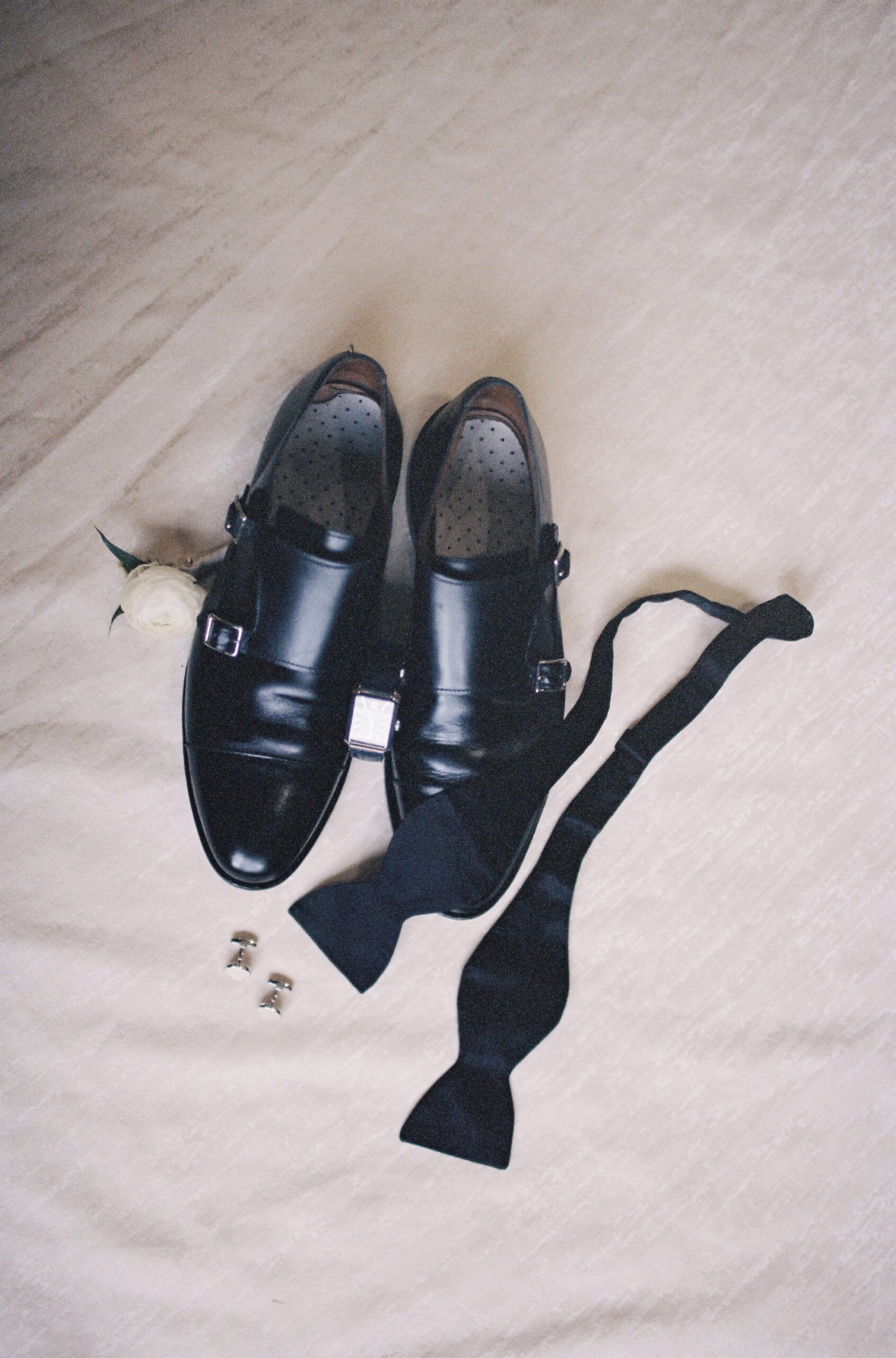
How to Choose the Right Film Format for Wedding Photography: 35mm vs Medium Format
Introduction: Why Film Format Still Matters
If you’ve been flirting with the idea of incorporating film into your wedding photography, you’re not alone. Film photography is having a moment — not just for the nostalgia, but for the undeniable texture and emotion it brings. Whether you’re leaning toward 35mm for its candid flexibility or medium format for its jaw-dropping depth, the question is always: which one is right for the wedding day?
Let’s break down how to decide between 35mm and medium format, when to use each, and how I personally integrate both into a modern hybrid workflow.
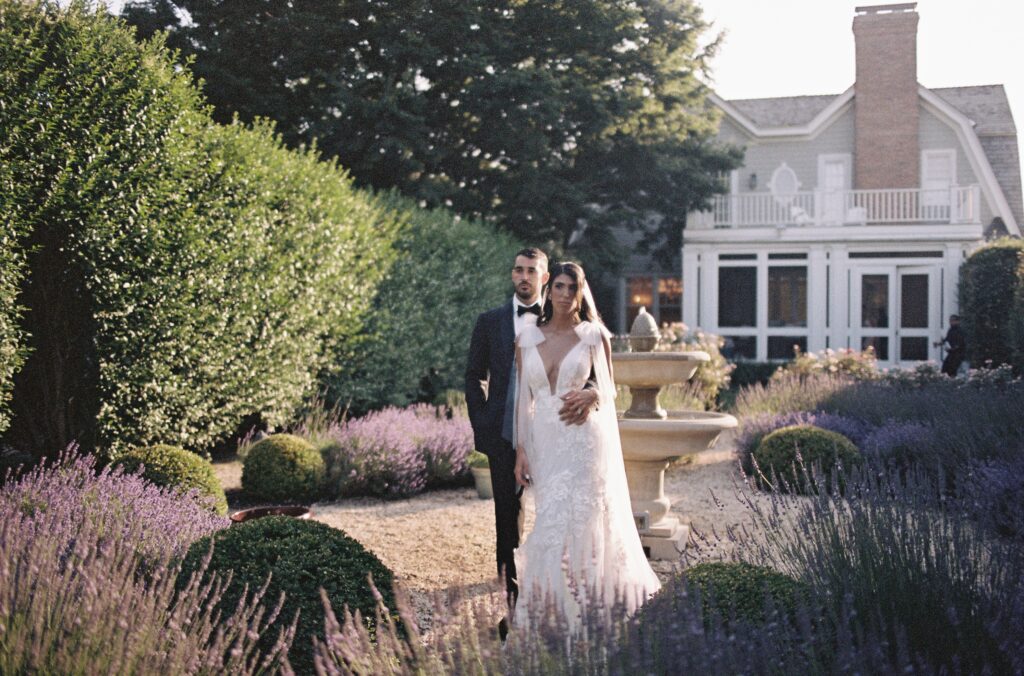
35mm Film: The Documentary Dream
There’s a reason why 35mm has remained a go-to for photojournalists and wedding photographers alike. It’s light, versatile, and doesn’t weigh you down when you’re running from the getting-ready suite to the dance floor.
Why I Love It:
I shoot with the Canon 1V and the 35mm f/1.4 L lens — buttery bokeh, fast focus, and the ability to swap any of my Canon EF lenses is a dream. I’ll also pack a Contax G2 for fun point-and-shoot-style moments that feel effortless and editorial at the same time.
Best Moments for 35mm Film:
- Getting ready scenes
- Candid guest moments
- Ceremony walk-ins
- Speeches and laughter
- Intimate in-between transitions
35mm is forgiving, fast, and blends seamlessly with the documentary style many couples crave. It’s not about perfection — it’s about the feeling.
Medium Format Film: When You Want the Wow
Medium format brings a whole different energy. It’s slow, intentional, and rich with creamy tones and depth that make images feel like artwork.
I shoot with the Mamiya 645 AFD II and the 80mm f/2.8 lens. I also keep a Pentax 645 AF as backup. Honestly, the 45mm sits untouched — that 80mm is magic.
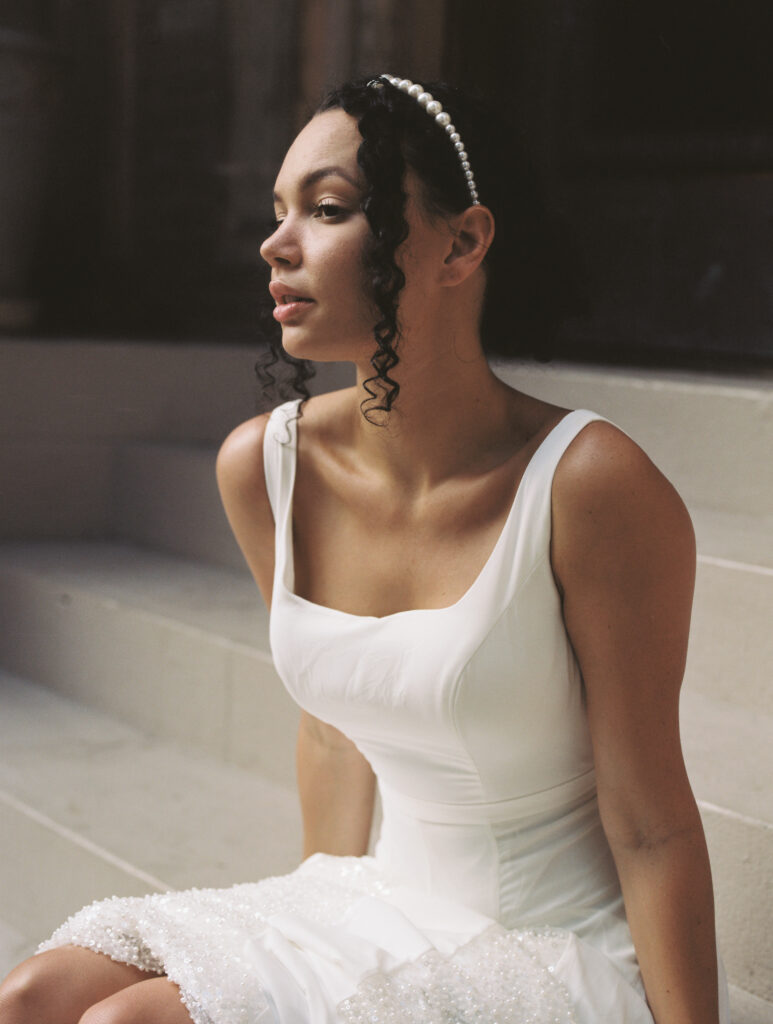
When I Use Medium Format:
- Romantic portraits
- Editorial-style shots of the couple
- Wedding details that deserve spotlight
- Venue and environmental imagery
I don’t typically travel with my medium format unless it’s specifically requested — it’s bulky. But when I do bring it out? Pure magic.
Blending Film Into the Wedding Day
I shoot hybrid, which means I lead with digital and incorporate film as an enhancement — not a replacement.
One of the most practical ways to ensure you’re capturing enough film is to assign rolls by portion of the day. Something like:
- 2 rolls during getting ready
- 1 roll for ceremony highlights
- 1 roll during portraits
- 1 roll of reception moments
This keeps things balanced while making sure you don’t miss an opportunity to make it special.
How I Meter for Film on a Fast-Paced Day
Let’s be real — weddings move quickly. I love the Sekonic meter, but during high-pressure moments, it’s more about knowing how to read the light instinctively.
If you’re solid with digital exposure, you’re halfway there. Just remember: film loves overexposure. I typically meter 2 stops over, especially with stocks like Portra 400.
My Favorite Film Stocks for Weddings
I gravitate toward Kodak Portra 400 — it’s versatile, warm, and handles skin tones beautifully. That said, I’m a big believer in experimenting with film stocks… but not during the same wedding.
I made the mistake of mixing FujiFilm with Portra once, and the vivid greens of Fuji just didn’t play nice with the rest of the gallery. Consistency in color = a cohesive film story.
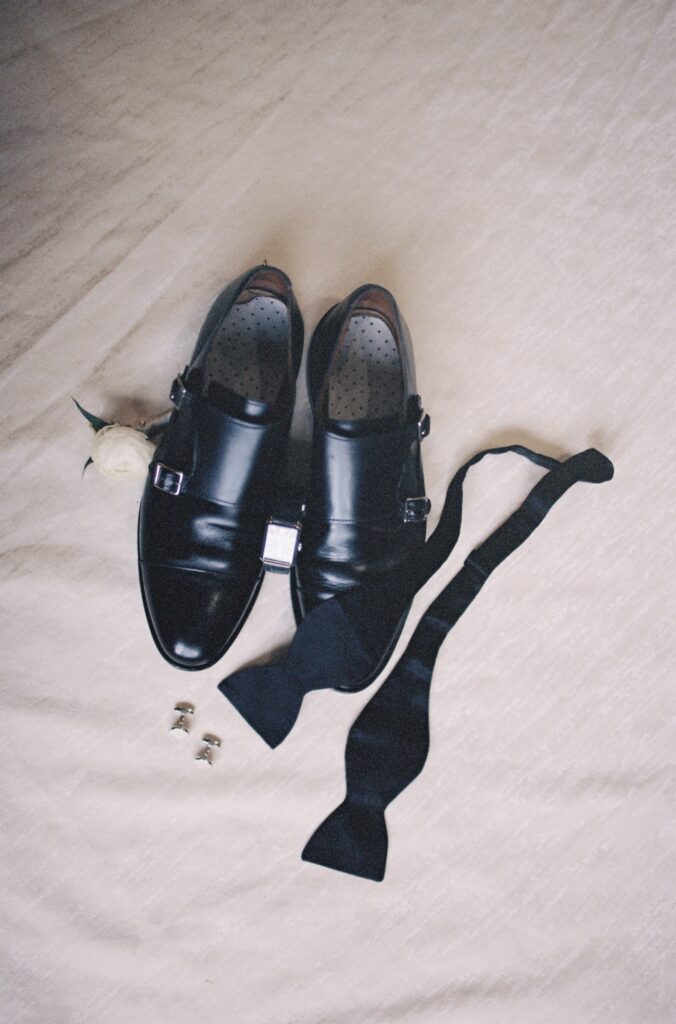
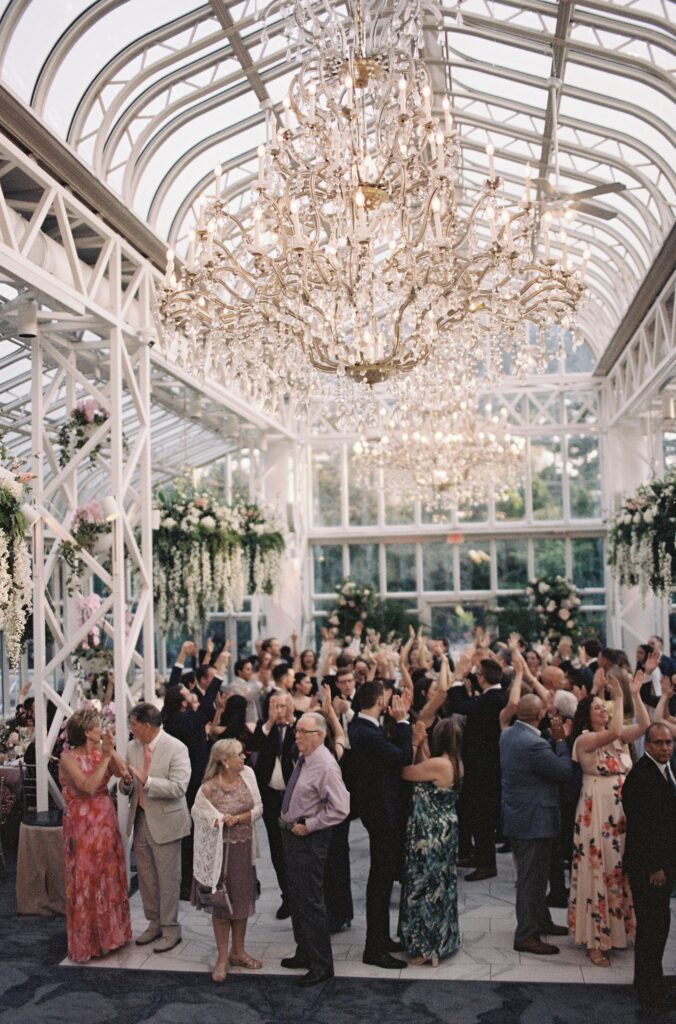
Cost, Labs & Roll Planning: The Real Talk
Film isn’t cheap. Here’s what to budget:
- 35mm rolls: $10–$15
- 120mm rolls: $15–$25
- Dev + Scan: $25–$50/roll
- Favorite Labs:
- The FIND Lab for consistent results and custom techs
- Richard Photo Lab for fine-tuned color profiles
What I Tell My Couples
Film is part of the experience. It’s imperfect and raw in the most beautiful way — the images feel like memories, not just pictures.
I never promise an exact number of film images because film is about intuition. I communicate that upfront and include it as an intentional feature in my packages. It’s an upgrade that adds depth, emotion, and editorial magic to their gallery.
Final Thoughts: 35mm vs Medium Format — Which Should You Use?
There’s no winner here. Just tools.
Use 35mm when you need speed and coverage. Use medium format when you want drama and depth. Blend them when you can. Anchor it all with digital when it makes sense.
The beauty of shooting film as a wedding photographer in 2025? You get to decide what your signature style looks like.
Curious how film can elevate your work? Let’s talk about building a wedding workflow that blends film and digital without the stress. Or explore some of my favorite film shots here.